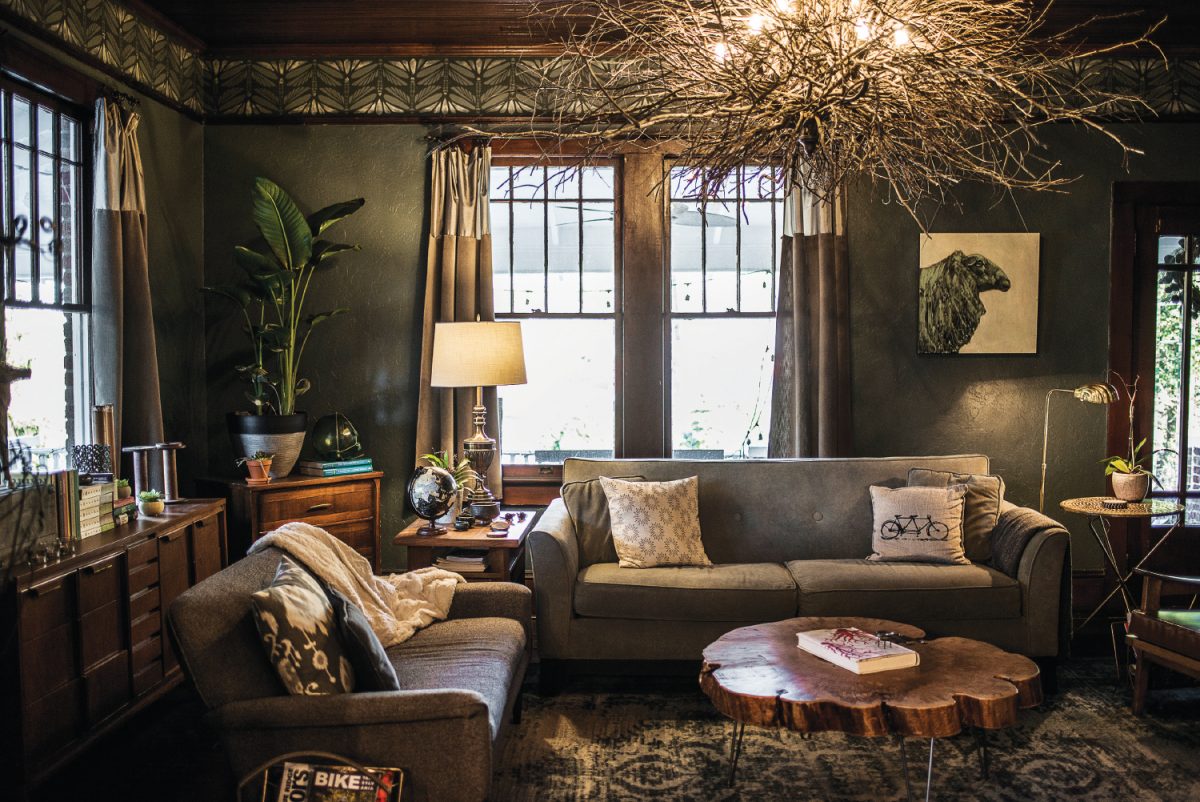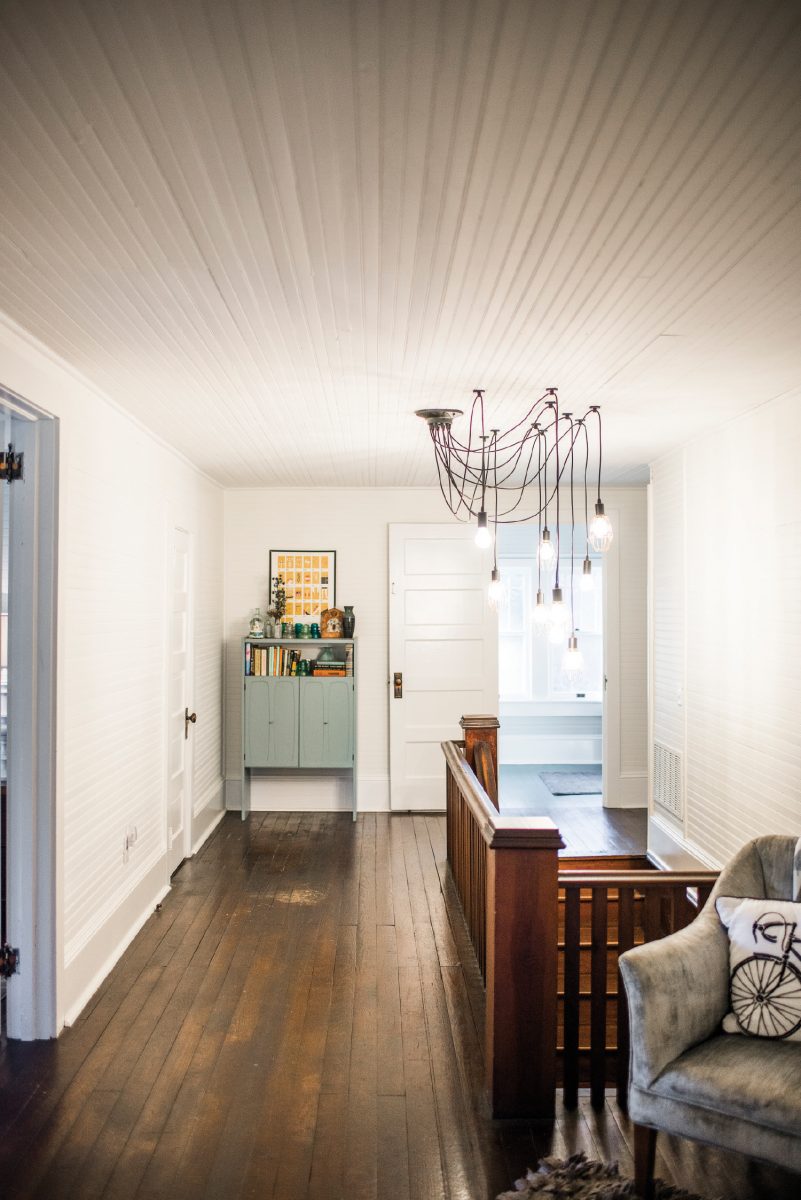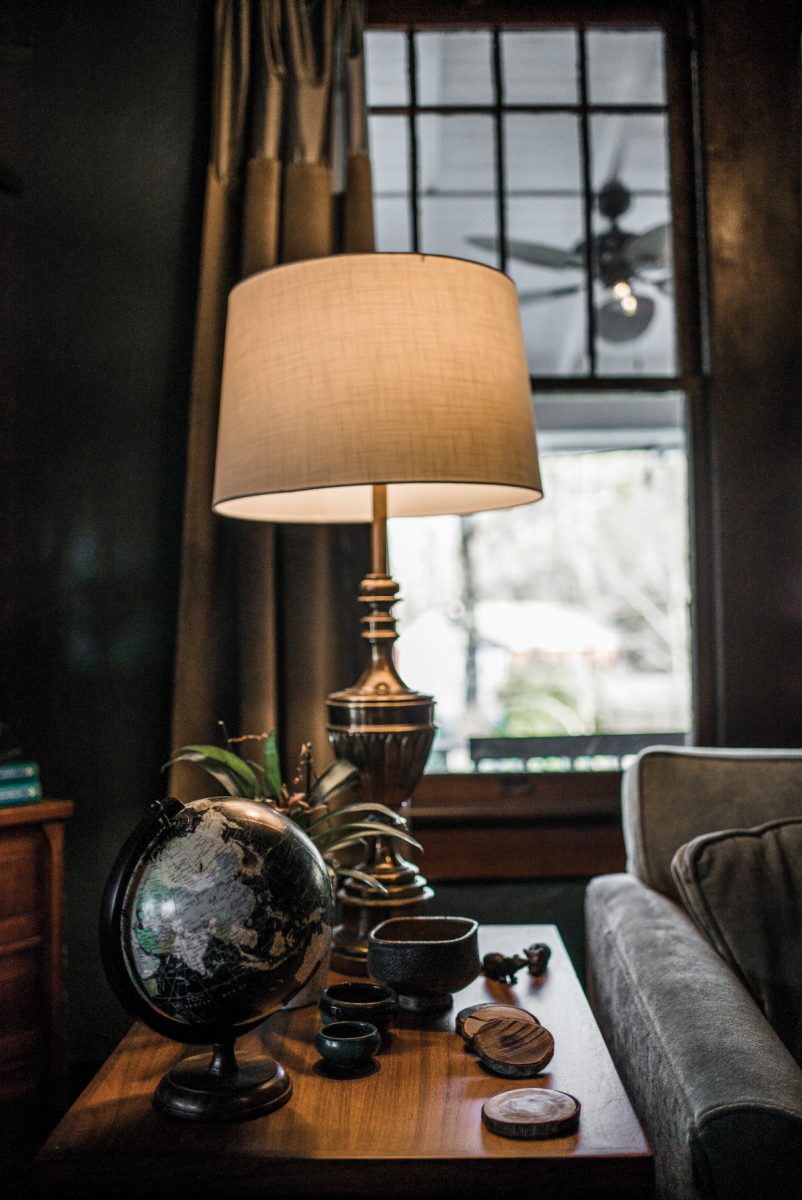
Photo by Karin Strickland
In the then-barely-there town of Saluda, NC, in the late 19th century, the population was a mix of long-established foothills families, a new influx of railroad workers, and transplanted Low Country aristocracy. The true protagonist of Saluda’s story, however, is inanimate: the Norfolk Southern Railway.
The town’s growth was fueled by the construction of tracks on the steepest standard-gauge mainline railway grade in the United States, a project completed in 1878, three years before Saluda’s 1881 incorporation. It would be another full year until the tracks extended to Flat Rock, so travelers had to stop in Saluda. The new wave of activity led to a development boom that consisted of everything from modest railroad-worker boarding houses to elaborate inns for tourists to the grand summer residences of wealthy coastal South Carolinians. This rich architectural history will be celebrated in June during the Historic Saluda Committee’s annual tour of homes.

Photo by Karin Strickland
“There’s a lot to love about Saluda. It’s frozen in time, but in a good way,” declares Committee Chair Cindy Stephenson Tuttle, who founded the Historic Saluda Committee in 2010 when she and other citizens became concerned that the town’s history was at risk of being forgotten. “We saw the town’s older people — those who held its history in their hearts and heads — passing away. We realized we needed to do something to ensure that Saluda’s historic heritage would remain preserved.” Toward that end, the committee is applying for historic-district designation in areas outside downtown, since the important historical touchstones on Main Street have already been preserved.
“Branches of my family have been in Saluda since the late 1700s. I grew up in Charlotte, but we spent summers, weekends, and holidays here because my dad was from Saluda,” says Tuttle. “My great-grandfather, O. B. Garren, was a contractor who built many of the homes here, and a good number of original owners’ descendants still live in them.” Garren was also an avid photographer whose work recorded early images of Saluda.

Featured tour properties include the Saluda United Methodist Church, the Oaks Bed and Breakfast, the Irvin House, and the Blue Firefly Inn, which was originally the residence of M. A. Pace, who founded Saluda’s general store in 1899. The Inn was recently bought, restored, and reopened as a B&B; the store still operates, and remains one of the oldest retail establishments in North Carolina.
Opening in 1882, the Saluda United Methodist Church, despite being the oldest of the four churches within Saluda city limits, remains historically intact. The Oaks Bed and Breakfast is a turreted Queen Anne Victorian, built in 1895 as a home for Dr. E.B. Goelet’s daughter. The Irvin House, constructed in 1898, was the site of Saluda’s oldest tree (until it came down in a storm ten years ago) and was once owned by a University of South Carolina botany professor, who planted extensively in the yard and garden.
This year’s tour proceeds will help fund the restoration of Sullivan’s Temple, the church of Phoebe Sullivan, a widely known African-American mystic and healer whose dream church was completed in 1948 but has long lain derelict. In her day, Sullivan hosted gospel icons such as Mahalia Jackson and Sam Cooke.
Such a cause will draw more interest to the already popular tour, hopes Tuttle. “It’s a must do for anyone interested in Western North Carolina history,” she says. “It’s become so popular that we ran out of tickets during our last tour and had to make tickets out of scraps of paper.”
The Historic Saluda Tour of Homes happens Saturday, June 1, 1-5pm. Tickets are $20, available at Saluda Historic Depot, Heartwood Gallery, or City Hall, all on Main Street. For more information, see historicsaluda.org.
